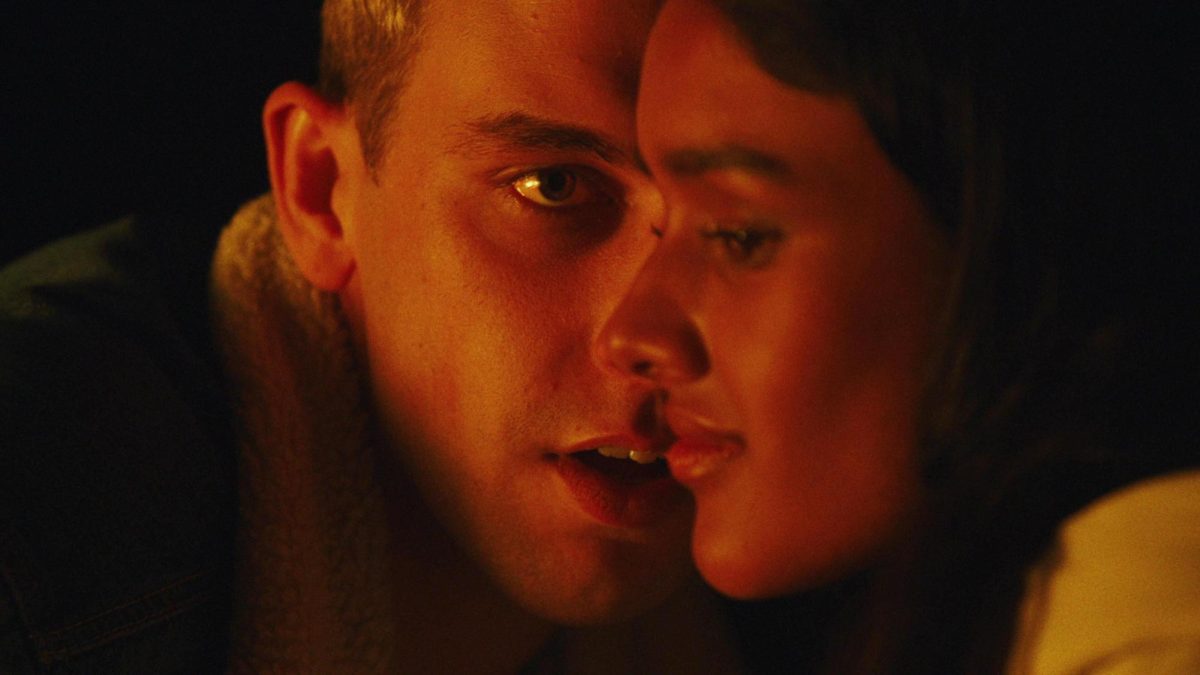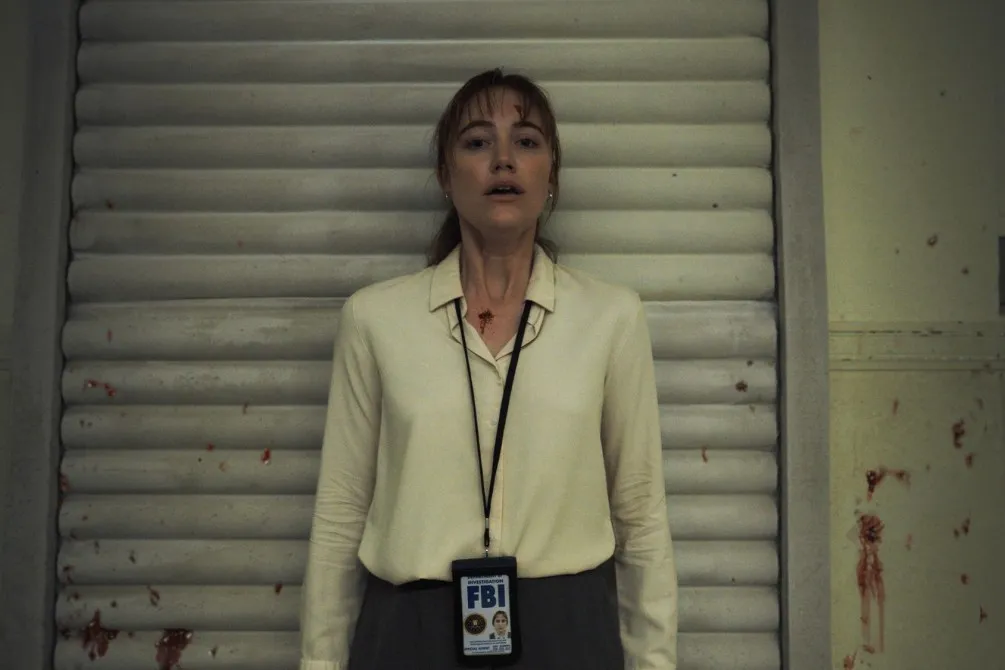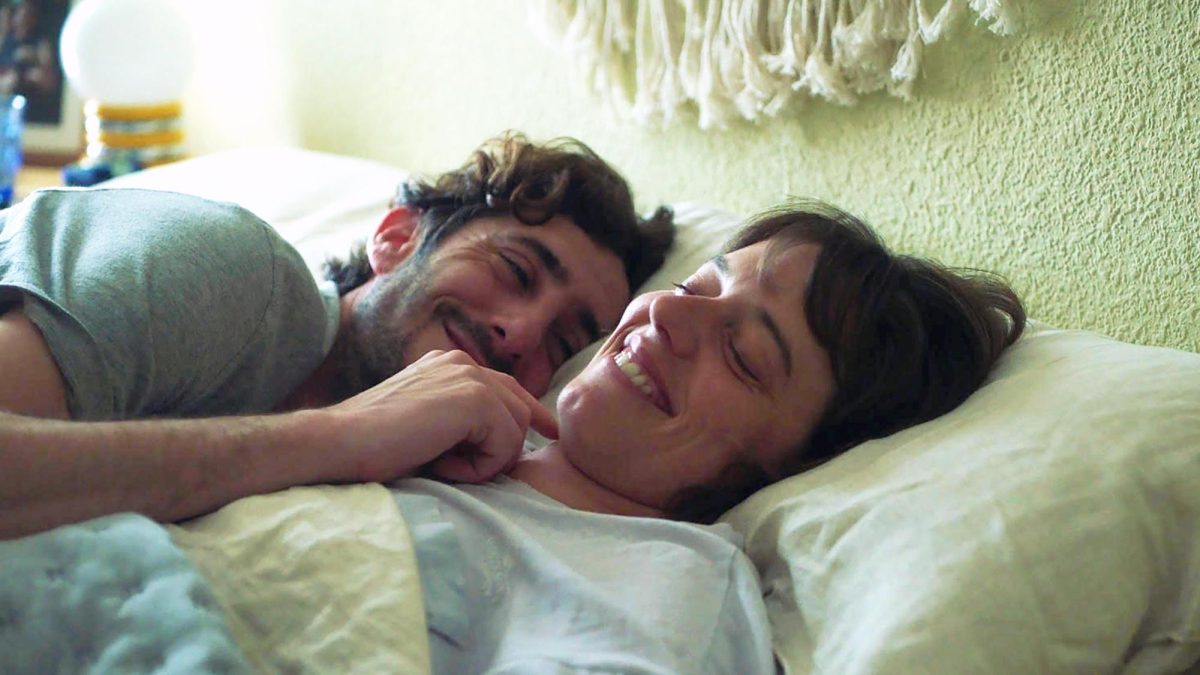This article may contain spoilers.
Deep in the Australian bush, a group of young friends — two women and five men — sit around a table. It’s pitch-black outside, and as drugs kick in and resentment seeps out, campfire games and conversations reveal that soon-to-be bride Irene’s situation proves suffocatingly dire. No one around her holds her best interest at heart, and she doesn’t have room to make decisions for herself.
At least, that’s how Australian producers Jack Clark and Jim Weir wanted to make it feel. “Birdeater” follows Louie’s (Mackenzie Fearnley) bachelor party, which fiancée Irene (Shabana Azeez) meekly agrees to attend. The film builds up tension scene after scene, loosening the chokehold only with scenes of men beating each other with sticks and gaslighting their fiancées. In addition to using satire to critique toxic masculinity, the film reveals Irene’s subjection to Louie’s coercive control.
Despite its artful approach, “Birdeater” fails to do more than reveal. Though Clark and Weir wove together tasteful cinematography, witty screenwriting and numerous easter eggs to keep audiences on their toes, their decisions in character-building left the two female characters, particularly Irene, underdeveloped.
Perhaps this was an artistic decision — peck toxic masculinity to death by focusing on the nuances of the male characters. However, audiences can only handle so many beautifully-shot minutes of drunken boyish antics. With a lengthy one hour and 53 minutes of runtime, the directors had plenty of room to shift their lens elsewhere.
When the directors did take time to develop Irene’s character, they decided to write her, the only seemingly person-of-color in the film, as an international who needs a visa. It turns out that her citizen status makes up part of the reason Irene stays in her abusive engagement with Louie, an Australian. When asked about the decision, Weir said that they wanted audiences to have a reason to question Irene’s intentions instead of purely rooting for her.
This critique does not imply the film loses its watchability. Several sections of the film stand out as expertly-crafted, both visually and narratively. One such section, the prelude, follows Irene and Louie’s monotonous life, and uses editing pace to reveal the fact that Louie doesn’t have office work to finish, only friends to do drugs with at night. Another section, a harrowing scene in the later half of the film, blends foreshadowing, stark lighting and auspicious music to present a culmination of male desire.
While “Birdeater” makes a rather flat decision in crafting Irene’s character, the film excels at its ability to build tension through its cinematography, editing and soundtrack.
3 mates out of 5.















